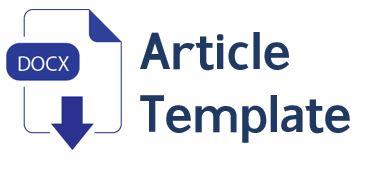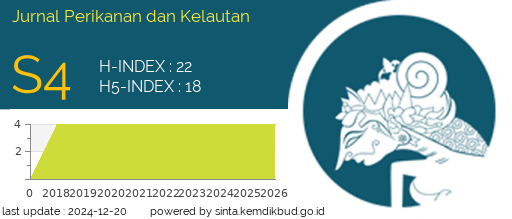Shrimp Cracker Making Business in Indragiri Hilir
DOI:
https://doi.org/10.31258/jpk.30.2.252-256Keywords:
Shrimp crackers, Shrimp, BusinessAbstract
Indragiri Hilir is one of the districts with extensive waters and abundant fishery production. The potential for capture fisheries in Indragiri Hilir Regency is very large. In 2021, the potential for capture fisheries was 53,057.13 tons. Shrimp is a fishery commodity with high economic value and a favorite of Indonesian exports in the fisheries sector. Shrimp crackers are a series of food processing processes that combine tapioca flour with fresh shrimp to produce crispy snacks with a distinctive flavor. This process involves several critical stages that must be carried out carefully to produce high-quality products. Shrimp crackers are one of Indonesia's traditional snacks that have a distinctive taste and are in demand by various groups. Based on this, this study aims to determine how the shrimp cracker-making business process in Indragiri Hilir will be carried out in 2024. The research results obtained from this study are the shrimp cracker-making business in Indragiri Hilir, precisely in Tanah Merah Village, starting from the preparation, processing, and packaging stages. Shrimp crackers have been marketed to regions including Irian Jaya, Batam, Pekanbaru, Palembang, and Java. The development of the shrimp cracker processing business not only increases the livelihood of local people but also contributes to reducing unemployment in the area.
Downloads
References
[BPS] BPS Indragiri Hilir. (2022). Annual Report. BPS Indragiri Hilir
Bathara, L., Yulinda, E., & Gusliani, H. (2012). Study Off Fishing of Fishermen in Bagan Hulu Village, Bangko District, Rokan Hilir Regency, Riau Province. Berkala Perikanan Terubuk, 40(2): 75–84.
Hamzah, G., Nugroho, F., & Bathara, L. (2022). Welfare Level of Small-Scale Fishermen Households with a Sustainable Livelihood Approach in Tanah Merah. Coastal Socio-Economic Journal, 3(4): 27–32.
Kusuma, H., & Santoso, D. (2023). Optimization of Shrimp Catching Time Based on Tidal Patterns. Journal of Fishing Technology, 14(2), 112-127.
Nugroho, A., & Handayani, P. (2024). Contribution of the Shrimp Cracker Industry to Poverty Alleviation in the Coastal Area of Indramayu. Journal of Marine and Fisheries Socioeconomics, 11(1): 78-93.
Pratama, R., Wijaya, D., & Sutrisno, A. (2023). Analysis of the Development of the Shrimp Cracker Industry and its Impact on the Economy of Coastal Communities in Cirebon. Journal of Economics and Development, 18(2): 234-249.
Rahardjo, M., & Sutrisno, A. (2024). Application of Qualitative Methods in Social Research: Constructivism Perspective. Journal of Social Research Methodology, 15(1): 67-82.
Rahmawati, S., & Susilowati, I. (2024). Shrimp Cracker Export Development Strategy: Case Study in Sidoarjo Regency. Indonesian Journal of Management and Business, 9(1): 45-62.
Santoso, B., Prasetyo, Y., & Wibowo, A. (2023). Development of Shrimp Cracker Industry Clusters on the Coast of East Java: A Value Chain Approach. Journal of Fisheries and Marine Sciences, 15(2): 112-127.
Wahyono, R., & Marzuki. (2023). Optimization of Shrimp Cracker Manufacturing Process with Variation of Drying Temperature to Improve Product Quality. Indonesian Journal of Food Technology, 15(2): 45-58.
Widodo, S., & Kusnandar, R. (2023). Multiplier Effect of Shrimp Cracker Industry on the Economy of Coastal Communities in Gresik. Journal of Regional Economics, 14(3): 167-182.
Wijayanto, D., & Supriyanti, R. (2024). Analysis of Productivity and Efficiency of Vaname Shrimp Cultivation with Biofloc System. Indonesian Journal of Aquaculture, 13(1): 45-60
Downloads
Published
Issue
Section
License
Copyright (c) 2025 Lamun Bathara, Firman Nugroho, Tio Afandi Nasution, Asnika Putri Simanjuntak, Musyirna Rahmah Nasution (Author)

This work is licensed under a Creative Commons Attribution 4.0 International License.






